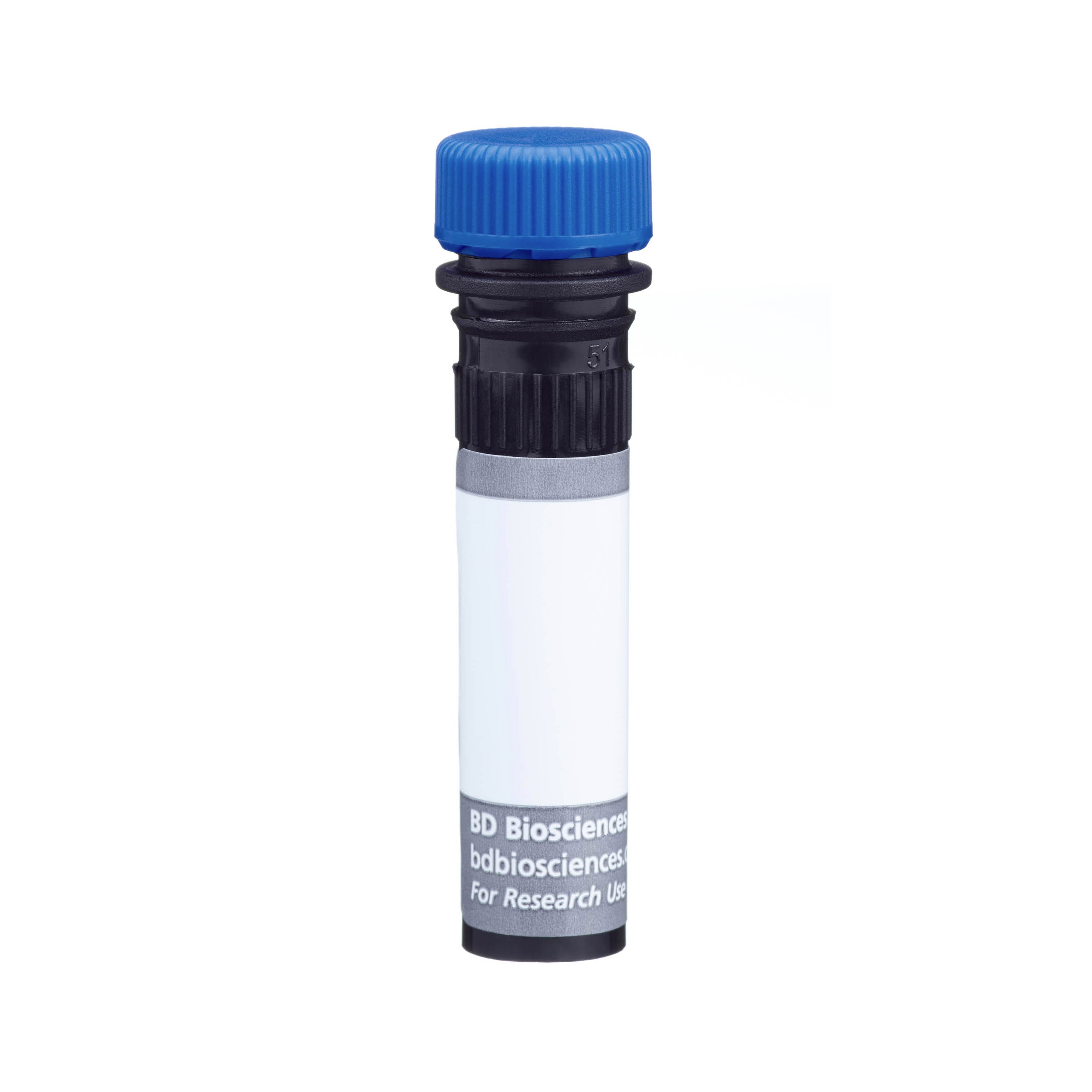The KJ1-26 monoclonal antibody specifically reacts with the DO-11.10 Clonotypic T-cell Receptor (TCR) of the BALB/c-derived DO-11.10 T-cell hybridoma and T lymphocytes from the DO-11.10 transgenic mouse (TgN[DO-11.10]10Loh). The DO-11.10 TCR, an 80-90-kDa (non-reduced) or 40-44-kDa (reduced) protein, is specific for the chicken OVA(323-339)/I-A[d] complex. The DO-11.10 T-cell hybridoma also responds strongly to chicken OVA/I-A[b] and jungle fowl OVA/I-A[d] and weakly to turkey OVA/I-A[d] and I-A[b]. The DO-11.10 mouse model is valuable for studies of T-cell immigration, immunoregulation, development, activation, and function. The KJ1-26 mAb was shown to block the antigen responses of the DO-11.10 T-cell hybridoma in vitro.
The antibody was conjugated to BD Horizon™ BUV496 which is part of the BD Horizon Brilliant™ Ultraviolet family of dyes. This dye is a tandem fluorochrome of BD Horizon BUV395 with an Ex Max of 348-nm and an acceptor dye with an Em Max at 496-nm. BD Horizon BUV496 can be excited by the ultraviolet laser (355 nm) and detected with a 515/30 nm filter with a 450LP. Due to the excitation of the acceptor dye by other laser lines, there may be significant spillover into the channel detecting BD Horizon V500 or BV510 (eg, 525/40-nm filter). However, the spillover can be corrected through compensation as with any other dye combination.





